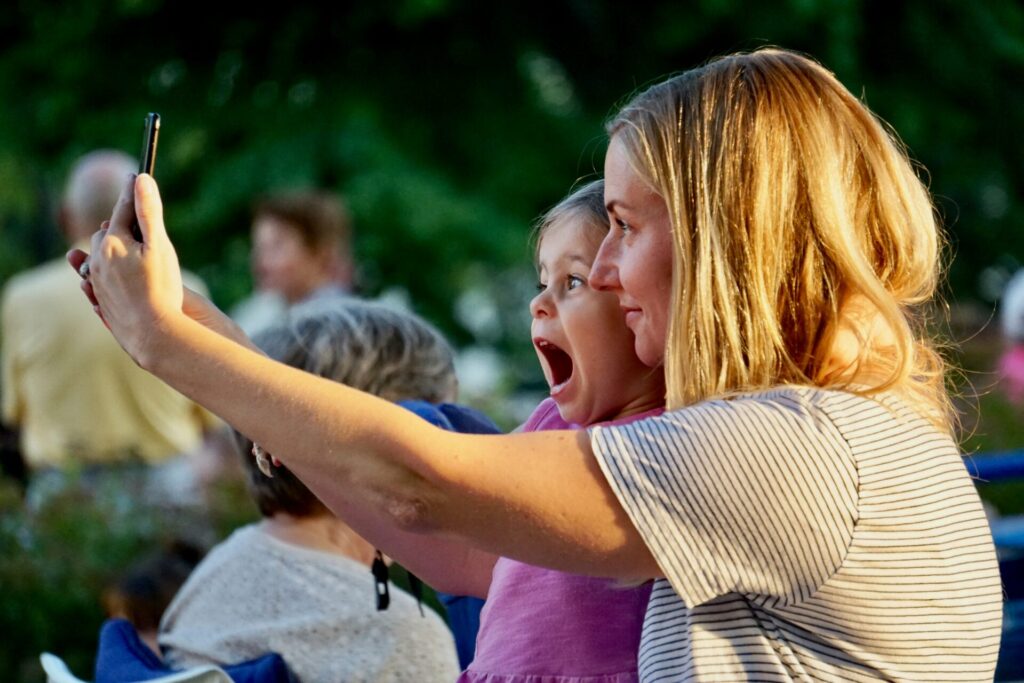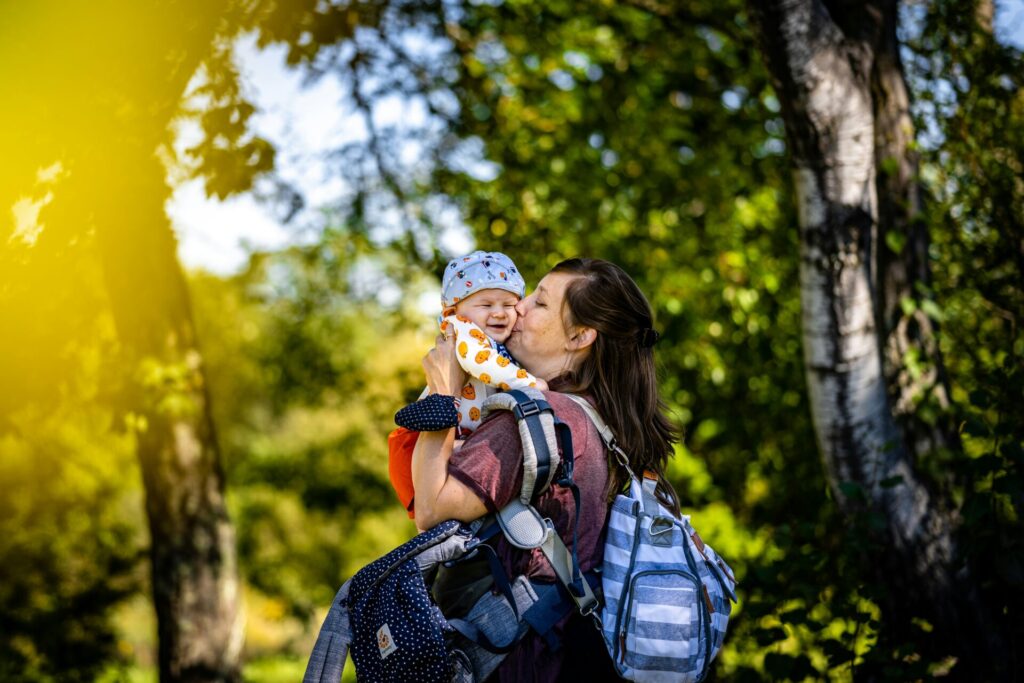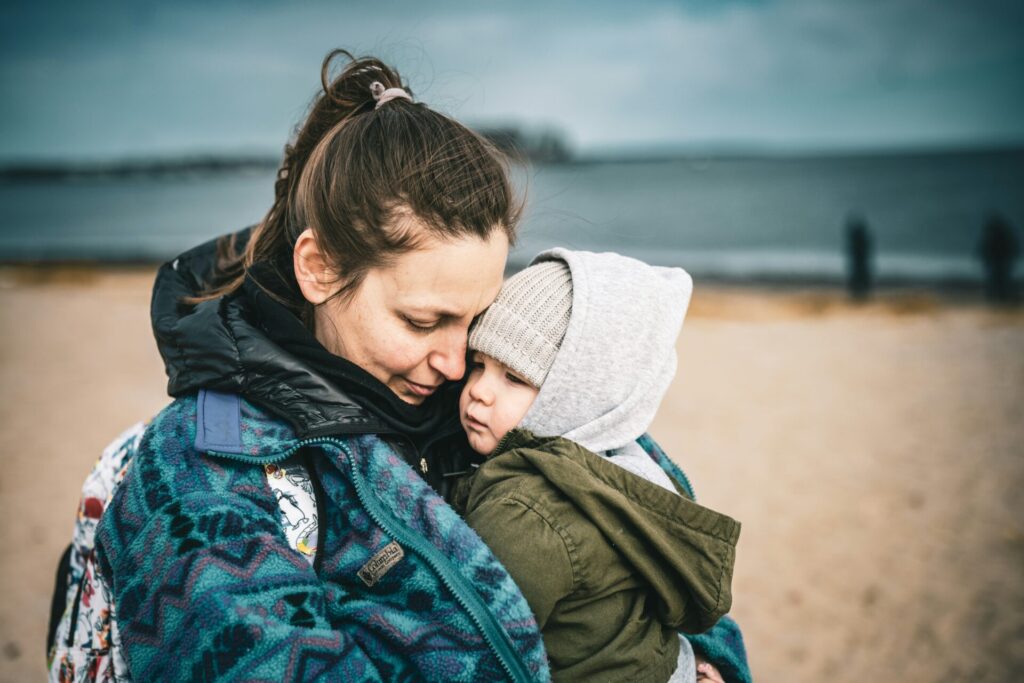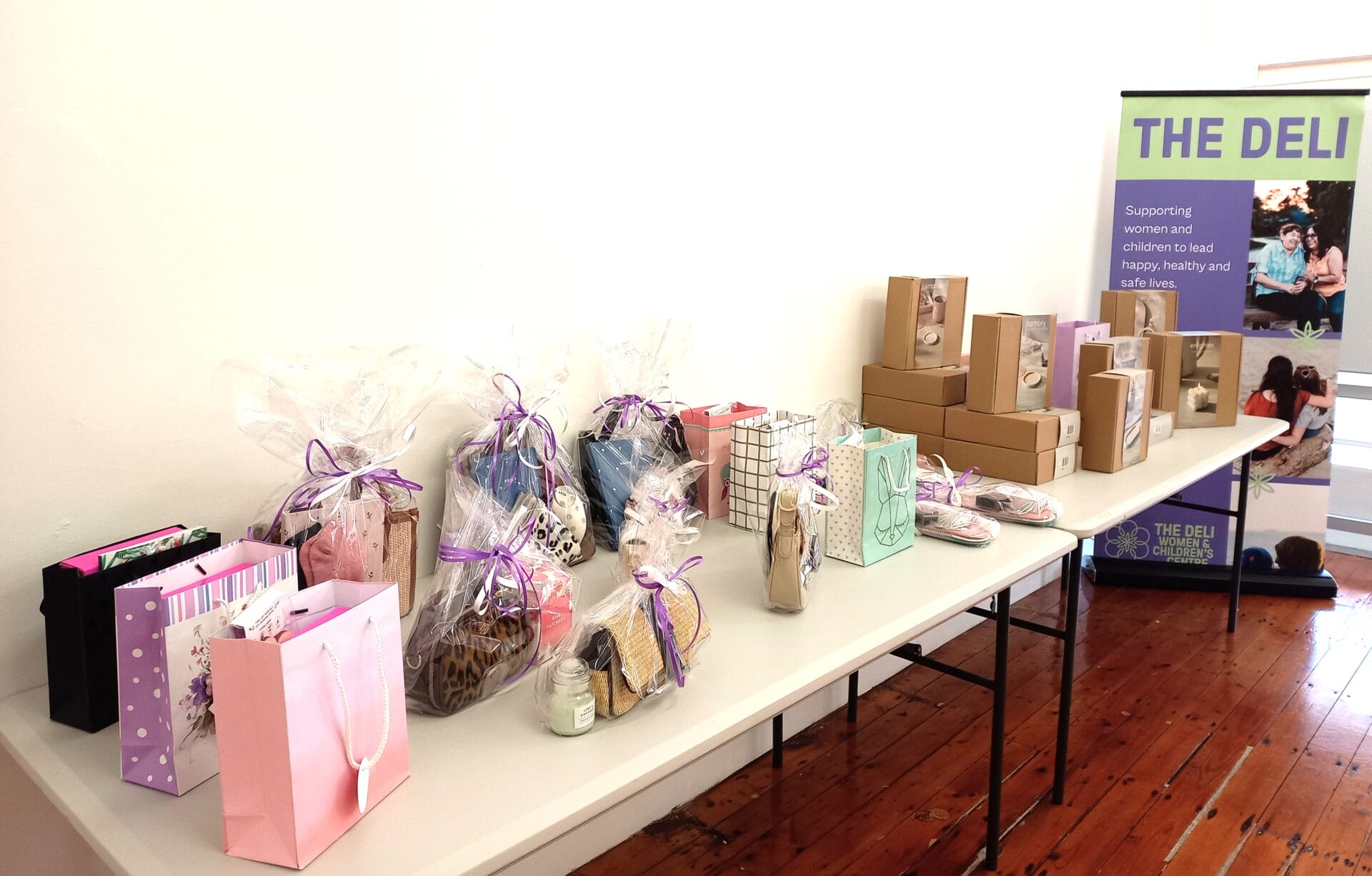At The Deli Women & Children’s Centre, we’re committed to a whole-of-family approach to domestic and family violence support. That means recognising that children are not just witnesses to abuse—they are victim-survivors in their own right. It means supporting non-offending parents with compassion, not blame. And it means holding perpetrators accountable for the harm they cause.
In 2024, as part of the CHRISTIE Project, four of our team members joined more than 40 colleagues from domestic and family violence and health services across Sydney’s Eastern Suburbs in a four-day training led by DVNSW and the Safe and Together Institute. This internationally recognised model provides a structured, trauma-informed framework that aligns with The Deli’s values and enhances the way we work with families impacted by abuse.

The Safe and Together Model is a globally recognised, trauma-informed framework that aligns closely with The Deli’s values. It keeps children’s safety and well-being at the centre while working to empower the non-offending parent—typically the mother—and hold perpetrators accountable for their behaviour.
Importantly, it’s also helped us advocate more effectively—especially when working with organisations, services or professionals who may lack a domestic violence-informed perspective. By giving our team a shared language and tools to clearly describe patterns of abuse, risk, and protective parenting, we’re able to challenge assumptions and push for responses that truly centre the safety and resilience of women and children.
At The Deli, this model now underpins our integrated in-house support—including counselling, case management and parenting programs—as well as the specialist DV parenting workshops we deliver every school term.

Below, our counsellor Chloe shares how the Safe and Together Model has shifted her practice and deepened her advocacy for the families she supports.
As someone passionate about working with families affected by domestic and family violence, I’ve found the Safe and Together Model to be an invaluable tool. What stands out to me most is its focus on children’s safety and well-being, while also recognising and amplifying the protective efforts of the non-offending parent—so often, the mother.
Rather than focusing solely on the impact of abuse, this model helps us see domestic violence as a parenting choice—a deliberate strategy by the perpetrator to control the family environment. That insight is powerful. Too often, systems place scrutiny on the victim instead of where it belongs: on the person choosing to use violence. The Safe and Together Model helps shift that narrative. It invites us as professionals to support, not judge, the parent who is already doing so much to care for their children in incredibly difficult circumstances.
It also reminds us to recognise resilience. I have witnessed the strength of non-offending parents time and again—their ability to provide love, routine, safety and emotional support, even while navigating trauma. Through this model, I’ve been able to affirm those strengths, build trust, and work alongside parents as they make plans for their safety and their children’s futures.
This training has not only changed the way I support families; it’s also strengthened my confidence when advocating for them within other systems. Whether working with schools, health professionals or child protection, I now have a clearer, more structured way of communicating the dynamics of abuse, the protective efforts being made, and the needs of the children involved.
I truly believe the Safe and Together Model helps families not just survive—but rebuild with hope, strength, and dignity.
We want to warmly thank DVNSW, the Safe & Together Institute, the University of Melbourne, lead agency Bondi Beach Cottage, Randwick City Council, and everyone on the CHRISTIE Project steering committee for their incredible commitment and partnership in bringing this project to life. Their support has helped strengthen our community’s ability to stand alongside families experiencing domestic and family violence—keeping children safe and connected with the parents who love and protect them.



